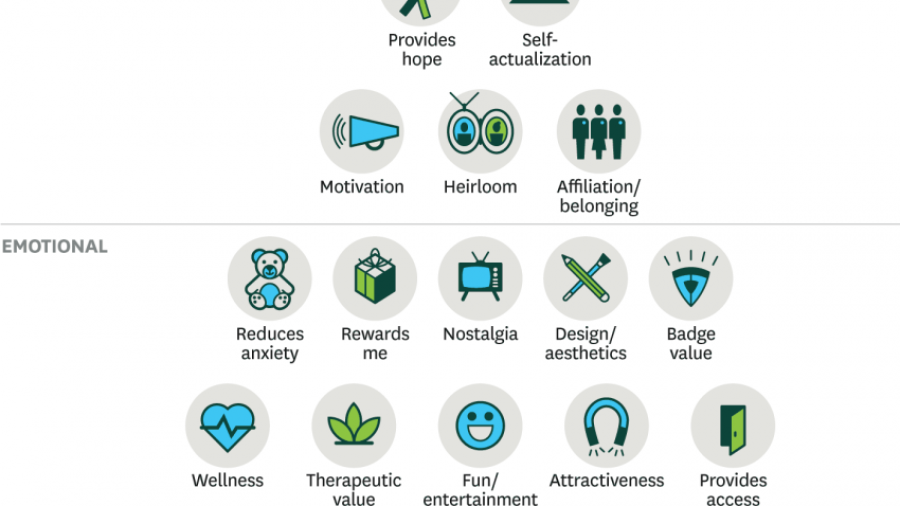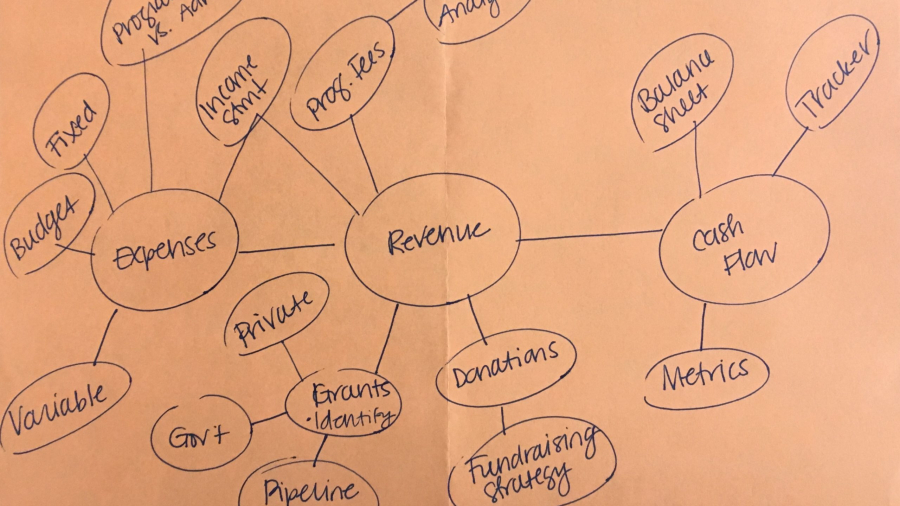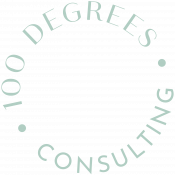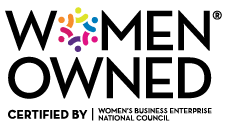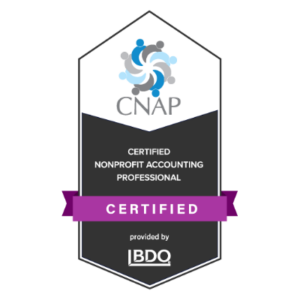I’m excited to introduce Cindy Wagman, Principal of The Good Partnership, for today’s guest blog post.
I love fundraising. Yes. You read that right. I love fundraising. When I say that, most people are shocked, because, let’s face it, we have all internalized this idea that fundraising is like begging, that it’s “icky” or manipulative. Right?
95% of people I meet for the first time tell me I have such a hard job. They could never imagine fundraising for a living. The other 5% are fundraisers themselves.
So I’m on a mission to help that 95% of the world love fundraising.
It’s funny – love actually plays a huge factor in fundraising.
Most people who fundraise, either paid or volunteer, do so because they love their organization. They love the work, the impact, the change. We don’t work at charities because of the pay. We’re here because of our passion.

But guess what – donors love charities too. That’s why they give.
As fundraisers, our job is to find the people who are inclined to care about the work of our organizations and then help them find the love. I often call fundraising match making.
For small and mid-sized charities, this can feel overwhelming. We’re always comparing ourselves to the big organizations who have tons of resources and therefore we feel like we can’t even “compete”. How many times has that word come up for your organization?
We can’t compete because we’re too small. We can’t compete because we don’t have a budget. We can’t compete because no one knows our brand.
I hear this all the time. Literally. From every charity I’ve worked with (even the really big ones).
Here’s the thing. I want you to break out of this “competition” thought process and I’m going to help you replace it with the match making mindset.
Something truly magical happens when you help your donors fall in love with your charity. Competition literally melts away.
I’ve created a really straightforward cheat sheet to help you help your donors fall in love with your charity, WITHOUT SPENDING ANY MONEY.
That’s right – you can download the Shoestring Fundraising Cheat Sheet now and find great tips, tools and tactics that will help you raise more money and build that ever-elusive donor loyalty without spending a dime.
This cheat sheet will help you tap into your donors hearts and build the love that will last a lifetime. Sounds good, doesn’t it?
So what are you waiting for? Start 2017 off right and download your free Shoestring Fundraising Cheat Sheet. Start to love fundraising!
Wishing you your most successful fundraising year yet.
Happy fundraising,
Cindy






